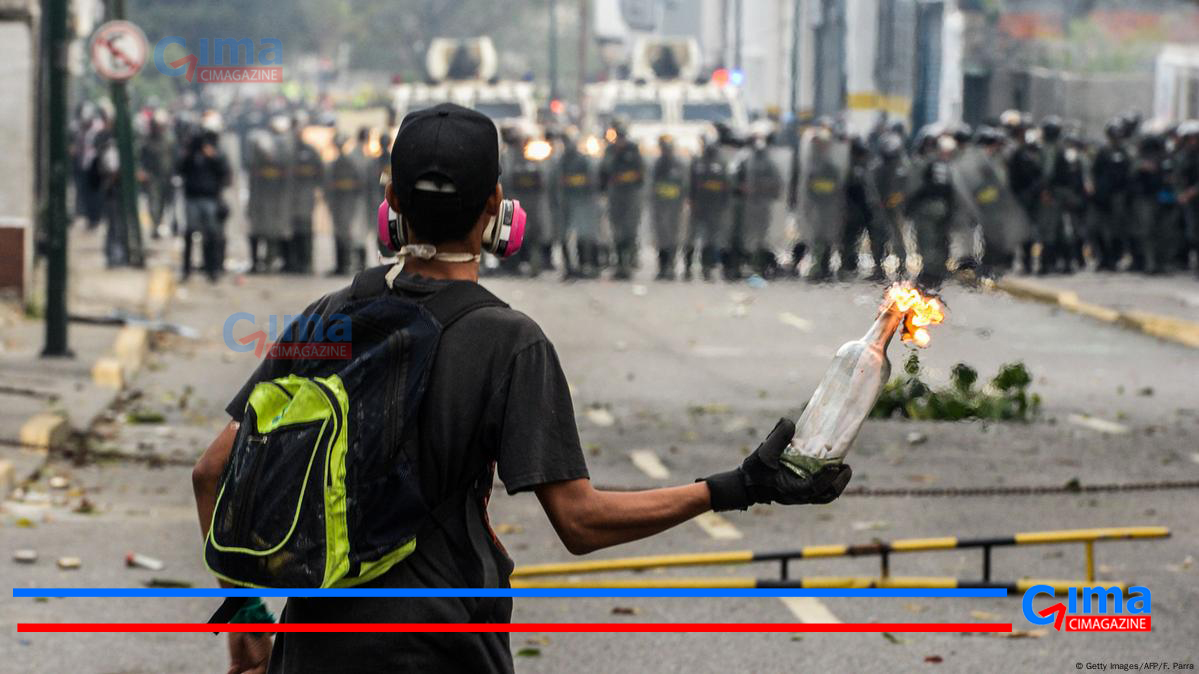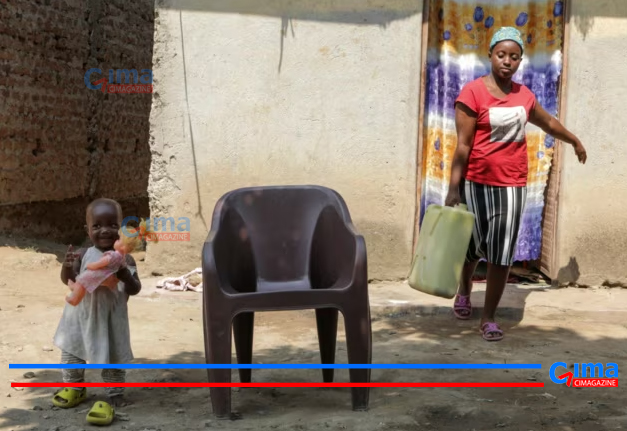News Sudan Civil War Famine Hunger Food Humanitarian Aid USAID United Nations War Famine Feared to Become World's Deadliest in Decades Weekend Reporter FOLLOW Mass famine in Sudan, driven by the ongoing war and blocked aid, is expected to worsen and could be on track to become the deadliest famine in over a decade, U.S. officials warn. Over the past 16-months, Sudan's civil war between the Sudanese Armed Forces (SAF) and Rapid Support Forces (RSF) has had devastating humanitarian impacts. According to the United Nations, nearly 10.7 million people have been internally displaced and upwards of 14,000 people have been killed. On August 1, the main global body analyzing food crises, the Integrated Food Security Phase Classification's Famine Review Committee (FRC), concluded that there is famine in Zamzam camp in the North Darfur, Sudan. This is the third time the committee has ever used the categorization. The committee determines famine in any given area as when at least 20 percent of households face extreme food shortages, at least 30 percent of children suffer from acute malnutrition, and the daily death rate exceeds 2 people per 10,000. Sudan Famine Volunteers in a charity provide meals at a displacement camp in Gedaref city in the east of war-torn Sudan on July 13, 2024. On Thursday, the Famine Review Committee concluded there's famine in Zamzam camp... More AFP VIA GETTY IMAGES Zamzam camp is one of the largest camps for internally displaced persons (IDP) in Sudan, hosting more than half a million IDPs, with some estimates as high as 800,000 people. On Friday, Reuters reported the camp has also been dealing with an "influx of displaced people while floods threaten to contaminate water and sanitation facilities." The FRC wrote in its report released on Thursday: "The main drivers of Famine in Zamzam camp are conflict and lack of humanitarian access" as food and other humanitarian aid has been blocked by the fighting factions from entering the camp. Two U.S. officials, who spoke to reporters anonymously on Friday following a U.S. briefing on the situation, said the famine could become deadlier than the last major world famine in Somalia in 2011, according to the Associated Press (AP). That famine was estimated to have killed 250,000 people, half of them children under age 5. "This is entirely a man-made famine," U.S. Agency for International Development (USAID) administrator Samantha Power said in a statement yesterday. "Both the SAF and RSF—enabled by external patrons—are using starvation as a weapon of war, actively preventing food, including life-saving emergency nutritional supplements, from reaching people in need," she continued.
Famine Feared to Become World's Deadliest in Decades


I Power noted that food insecurity in the country extends beyond Zamzam with "more than 90 percent of children screened by humanitarian organizations across Central Darfur—more than four thousand children in five locations—are experiencing some form of acute malnutrition."
Power previously told the media in June, "The most worrying scenario would be that Sudan would become the deadliest famine since Ethiopia in the early 1980s."
Newsweek reached out to USAID via email on Friday for further comment.
The scale of hunger across the country is enormous, with the United Nations' estimating that "about 25.6 million people—over half of the population of Sudan—face acute hunger, including more than 755,000 people on the brink of famine."
Aid workers have been unable to provide humanitarian relief to IDP camps in Darfur since April, according to the AP. A USAID spokesperson told Newsweek in an email on Friday night that even in those April deliveries "less than 10 percent of the population was reached."
Other global aid programs and agencies have issued calls to allow aid to enter, such as the World Food Programme (WFP), who has repeatedly requested "all warring parties to allow humanitarian food assistance by freeing up key acce








